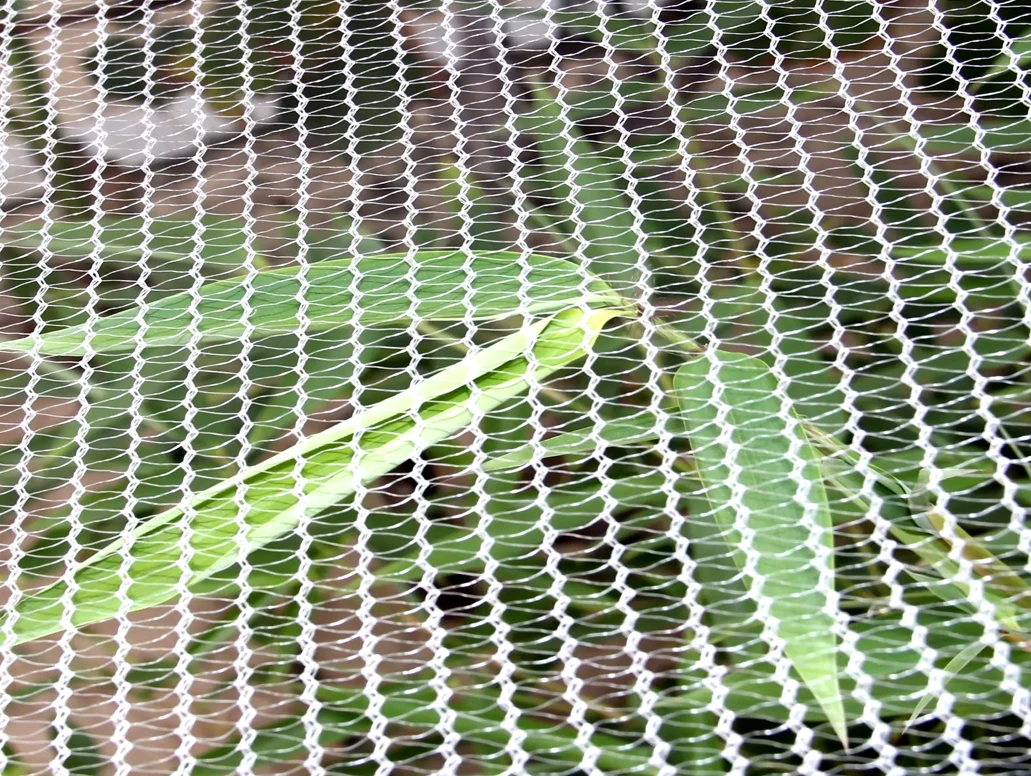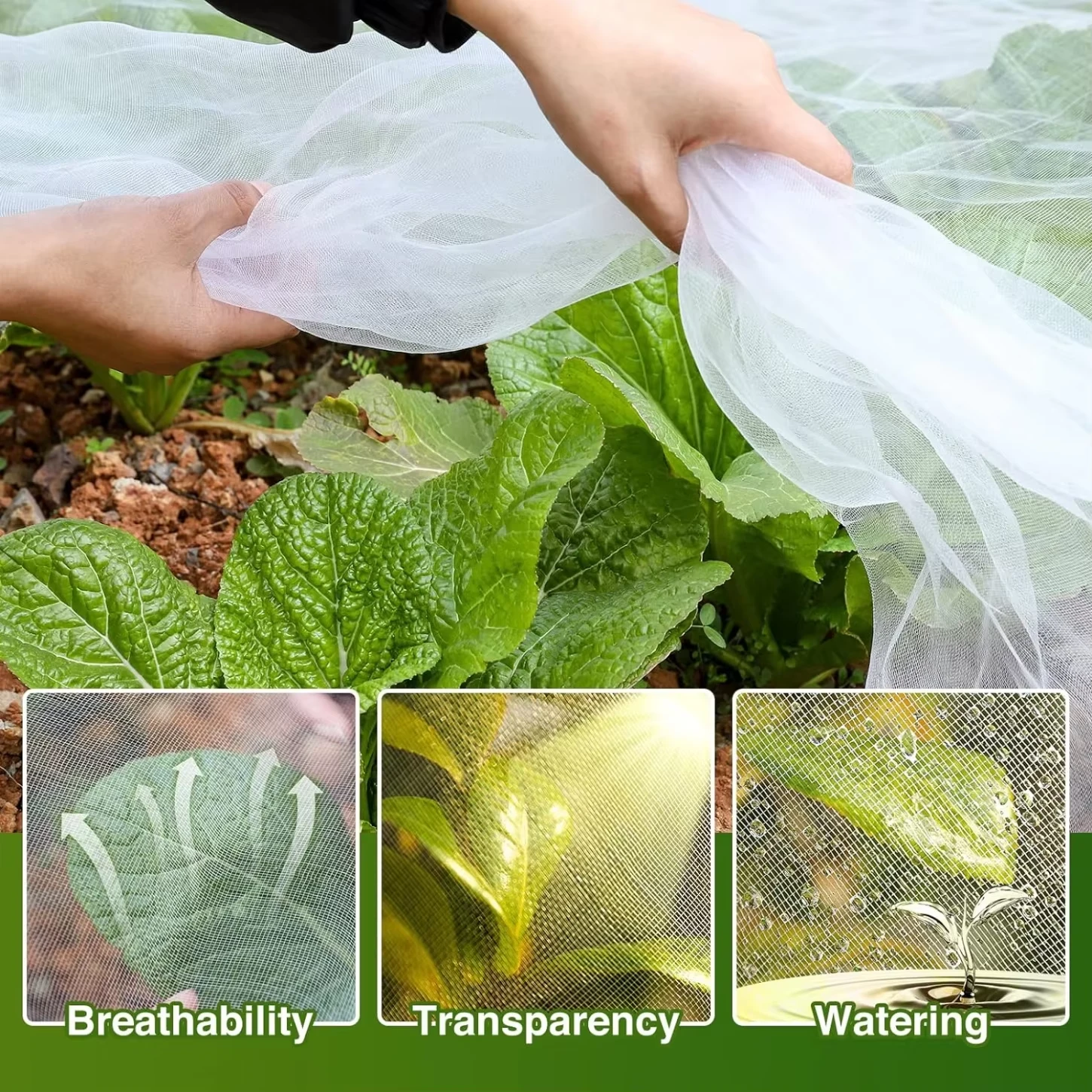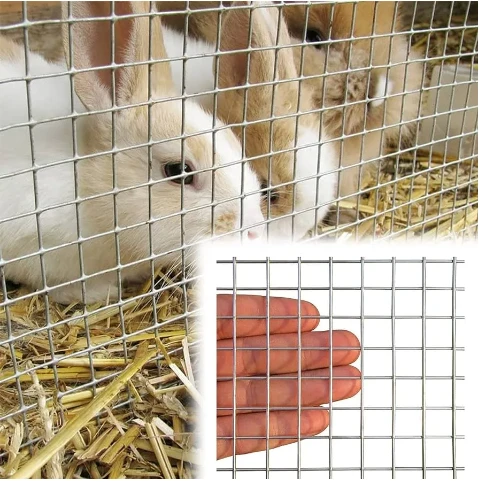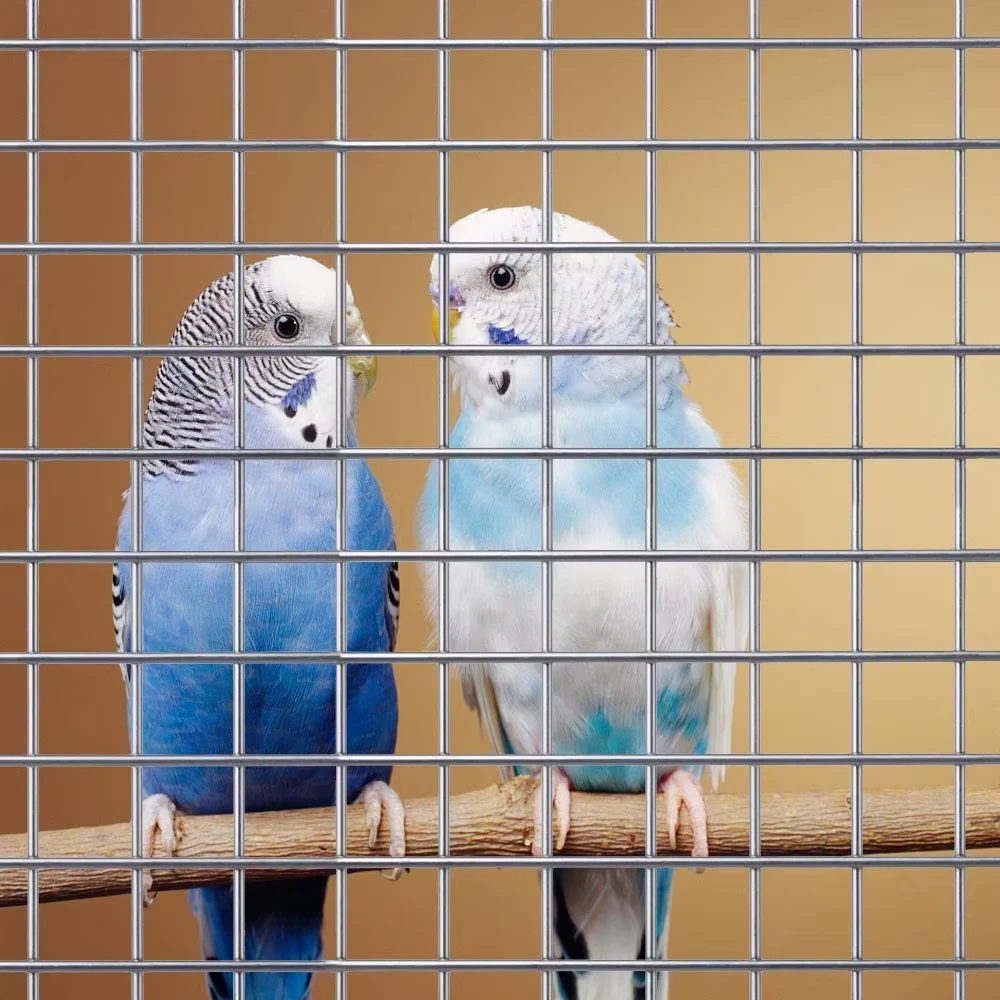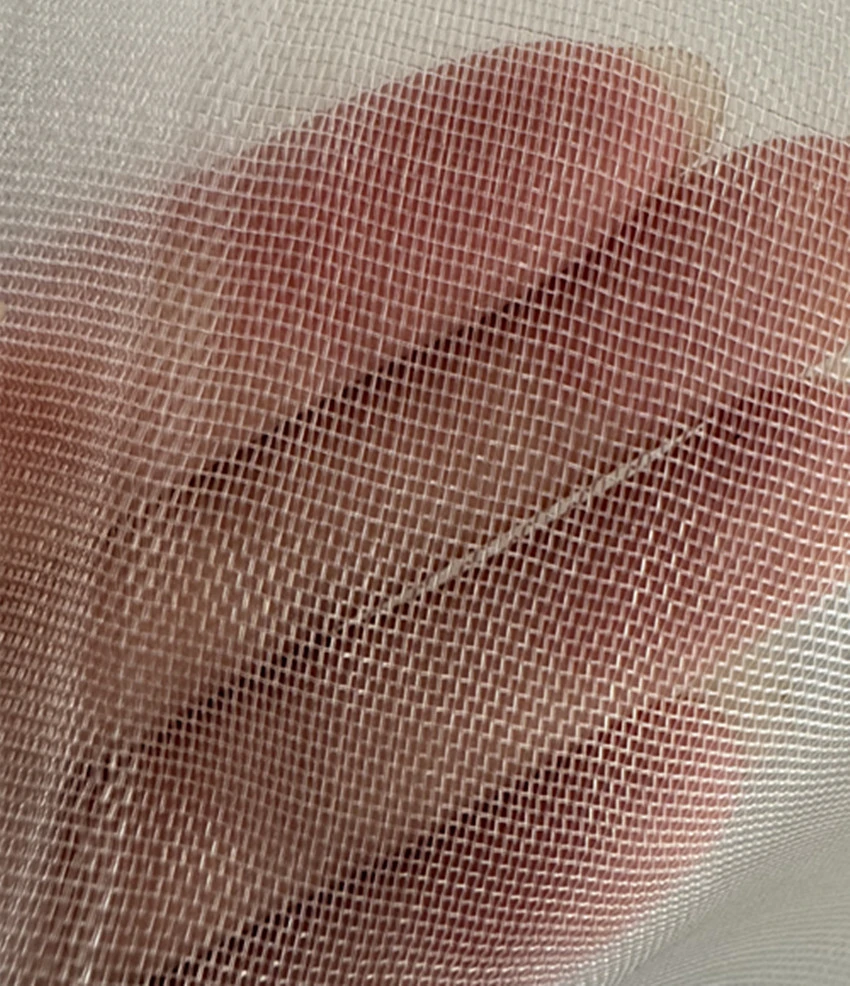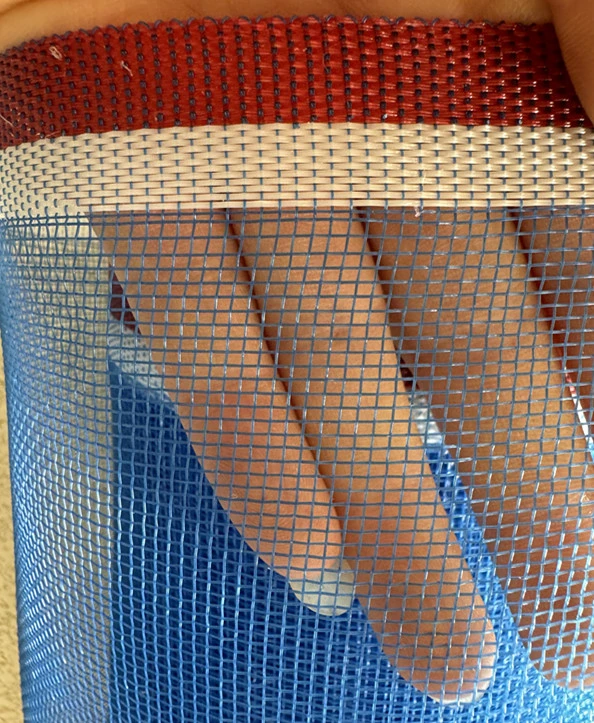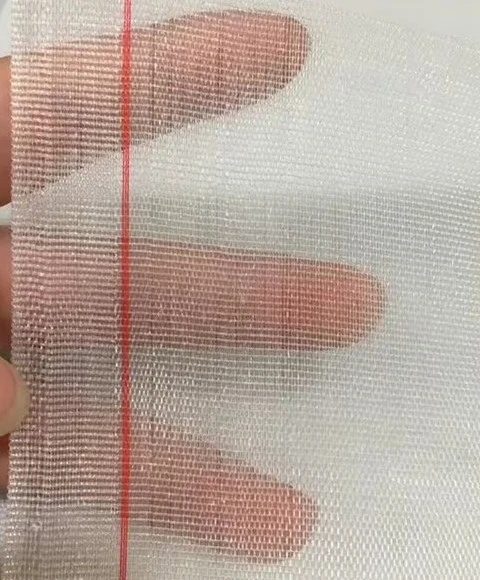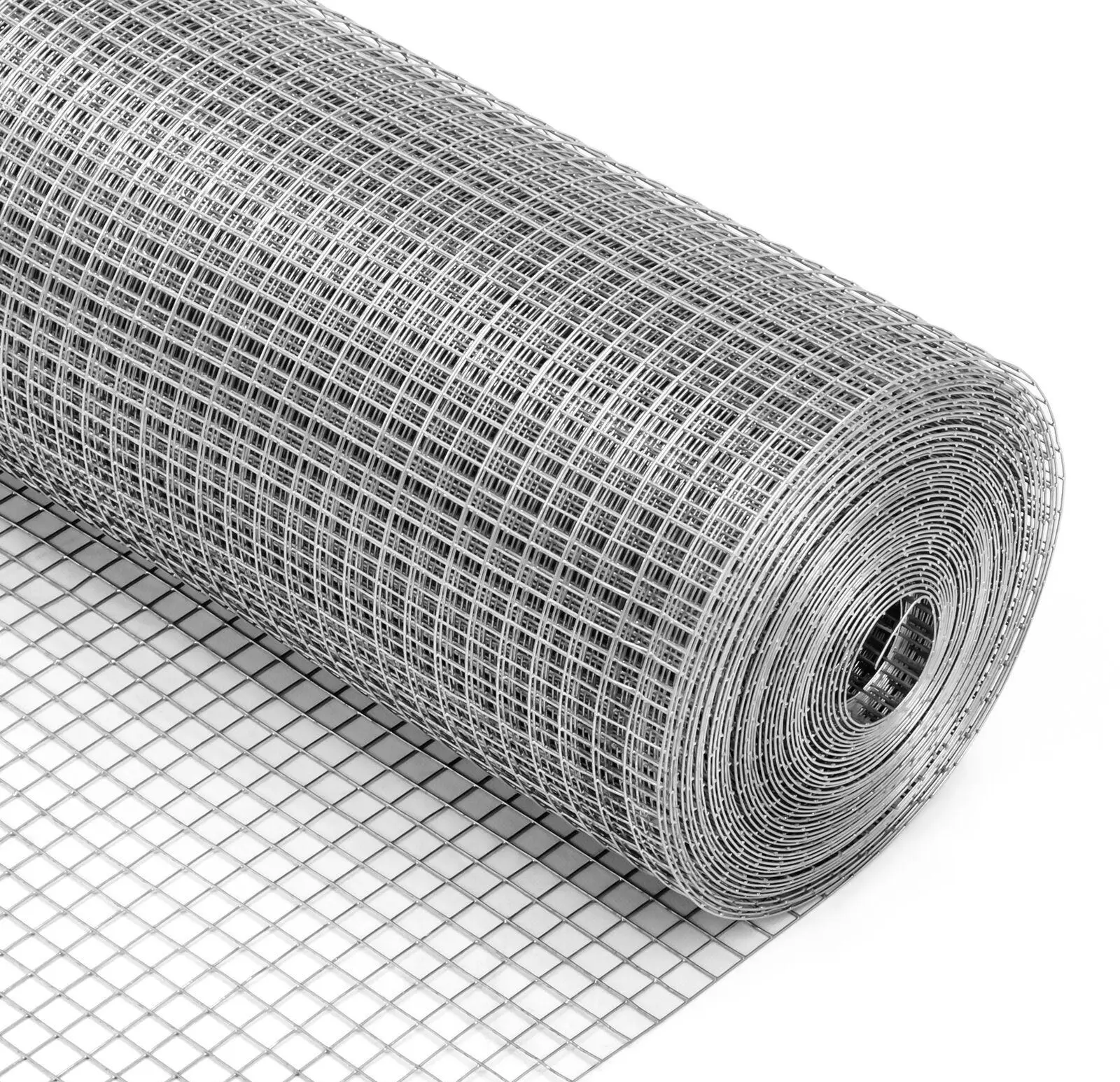-
 Afrikaans
Afrikaans -
 Albanian
Albanian -
 Amharic
Amharic -
 Arabic
Arabic -
 Armenian
Armenian -
 Azerbaijani
Azerbaijani -
 Basque
Basque -
 Belarusian
Belarusian -
 Bengali
Bengali -
 Bosnian
Bosnian -
 Bulgarian
Bulgarian -
 Catalan
Catalan -
 Cebuano
Cebuano -
 China
China -
 Corsican
Corsican -
 Croatian
Croatian -
 Czech
Czech -
 Danish
Danish -
 Dutch
Dutch -
 English
English -
 Esperanto
Esperanto -
 Estonian
Estonian -
 Finnish
Finnish -
 French
French -
 Frisian
Frisian -
 Galician
Galician -
 Georgian
Georgian -
 German
German -
 Greek
Greek -
 Gujarati
Gujarati -
 Haitian Creole
Haitian Creole -
 hausa
hausa -
 hawaiian
hawaiian -
 Hebrew
Hebrew -
 Hindi
Hindi -
 Miao
Miao -
 Hungarian
Hungarian -
 Icelandic
Icelandic -
 igbo
igbo -
 Indonesian
Indonesian -
 irish
irish -
 Italian
Italian -
 Japanese
Japanese -
 Javanese
Javanese -
 Kannada
Kannada -
 kazakh
kazakh -
 Khmer
Khmer -
 Rwandese
Rwandese -
 Korean
Korean -
 Kurdish
Kurdish -
 Kyrgyz
Kyrgyz -
 Lao
Lao -
 Latin
Latin -
 Latvian
Latvian -
 Lithuanian
Lithuanian -
 Luxembourgish
Luxembourgish -
 Macedonian
Macedonian -
 Malgashi
Malgashi -
 Malay
Malay -
 Malayalam
Malayalam -
 Maltese
Maltese -
 Maori
Maori -
 Marathi
Marathi -
 Mongolian
Mongolian -
 Myanmar
Myanmar -
 Nepali
Nepali -
 Norwegian
Norwegian -
 Norwegian
Norwegian -
 Occitan
Occitan -
 Pashto
Pashto -
 Persian
Persian -
 Polish
Polish -
 Portuguese
Portuguese -
 Punjabi
Punjabi -
 Romanian
Romanian -
 Russian
Russian -
 Samoan
Samoan -
 Scottish Gaelic
Scottish Gaelic -
 Serbian
Serbian -
 Sesotho
Sesotho -
 Shona
Shona -
 Sindhi
Sindhi -
 Sinhala
Sinhala -
 Slovak
Slovak -
 Slovenian
Slovenian -
 Somali
Somali -
 Spanish
Spanish -
 Sundanese
Sundanese -
 Swahili
Swahili -
 Swedish
Swedish -
 Tagalog
Tagalog -
 Tajik
Tajik -
 Tamil
Tamil -
 Tatar
Tatar -
 Telugu
Telugu -
 Thai
Thai -
 Turkish
Turkish -
 Turkmen
Turkmen -
 Ukrainian
Ukrainian -
 Urdu
Urdu -
 Uighur
Uighur -
 Uzbek
Uzbek -
 Vietnamese
Vietnamese -
 Welsh
Welsh -
 Bantu
Bantu -
 Yiddish
Yiddish -
 Yoruba
Yoruba -
 Zulu
Zulu
Durable Plastic Poultry Nets for Effective Livestock Protection and Containment Solutions
The Rise of Plastic Poultry Nets An Essential Tool for Modern Poultry Farming
In the world of poultry farming, the need for effective management of flocks is paramount. Farmers are constantly on the lookout for solutions that not only enhance productivity but also ensure the well-being of their birds. One such innovation that has gained substantial traction in recent years is the use of plastic poultry nets. These nets are becoming an essential tool for modern poultry farming, providing numerous benefits that facilitate better flock management, enhanced protection, and improved overall farm efficiency.
Plastic poultry nets are designed primarily to confine and protect poultry, ensuring that the birds are safe from predators and unable to escape. Made from high-density polyethylene (HDPE) or similar durable plastics, these nets are lightweight, easy to handle, and resistant to various weather conditions, making them an ideal choice for both indoor and outdoor applications. Unlike traditional metal fencing, plastic nets do not rust, corrode, or become brittle over time, ensuring longevity and reducing maintenance costs.
One of the most significant advantages of plastic poultry nets is their versatility. They can be used in a variety of settings, from free-range systems where birds roam in open fields to more contained environments in poultry houses. Their flexibility allows farmers to easily set up a protective barrier around their flocks, creating a safe and secure space that discourages predators like foxes, raccoons, and birds of prey. By using these nets, poultry farmers can effectively reduce the risk of loss due to predation while allowing their birds to enjoy the benefits of natural foraging and grazing.
plastic poultry net

Moreover, plastic poultry nets contribute to the overall health of the birds. By providing a safe roaming area, these nets promote natural behaviors such as pecking, scratching, and social interaction among the flock. In turn, this contributes to lower stress levels in poultry, enhancing their overall well-being. Healthier birds tend to produce better yields, whether in terms of egg production or meat quality, thereby benefiting the farmer's bottom line.
Another notable aspect of plastic poultry nets is their ease of installation and removal. Farmers can quickly set up these nets in various configurations to accommodate different flock sizes and terrains. This adaptability is particularly beneficial during the setup of temporary enclosures, such as in rotational grazing systems, where flocks are moved regularly to prevent overgrazing and promote pasture health. After use, the nets can be easily taken down and stored without taking up much space, making them a practical solution for dynamic farming operations.
Furthermore, the environmental impact of using plastic poultry nets is worth noting. While plastic products often come under scrutiny for their environmental effects, the long lifespan and durability of these nets can actually mitigate some of these concerns. By choosing a high-quality, reusable plastic net, farmers can reduce the frequency of replacements compared to other materials. Additionally, advancements in recycling technologies mean that end-of-life nets can be processed effectively, contributing to a more sustainable farming practice.
In conclusion, plastic poultry nets represent a significant advancement in poultry farming, offering a range of benefits from enhanced flock protection to improved bird health and adaptability. As the agricultural landscape continues to evolve, these nets prove to be a viable solution for modern poultry operations looking to balance productivity with animal welfare. Farmers who invest in plastic poultry nets not only safeguard their investments but also contribute to a more sustainable and efficient farming model, ultimately benefiting the industry as a whole. As technological innovations in agriculture continue to advance, the integration of effective tools like plastic poultry nets will play a crucial role in shaping the future of poultry farming.
-
The Sunshade Net Can Block Ultraviolet RaysNewsAug.11,2025
-
Main Application and Technology of Nylon ScreenNewsAug.11,2025
-
Green Anti UV Sunshade Net: The Perfect Combination of Ecological Friendliness and Practical PerformanceNewsAug.11,2025
-
Explore the Sunshade NetNewsAug.11,2025
-
Application and Development of Nylon Screen in Fuel Processing and TreatmentNewsAug.11,2025
-
Application and Advantages of Nylon Screen for AquacultureNewsAug.11,2025




